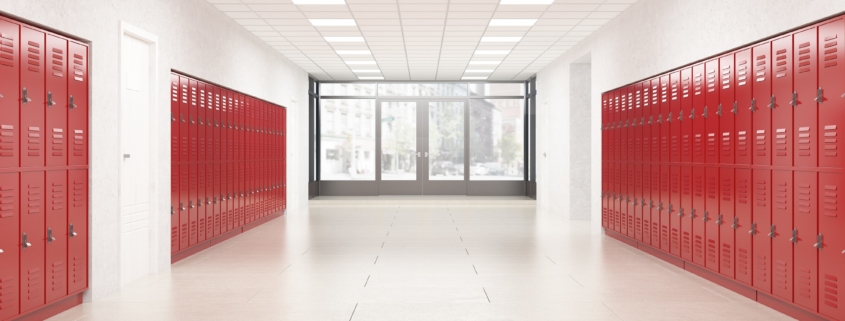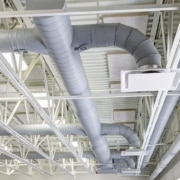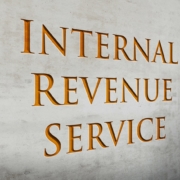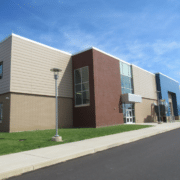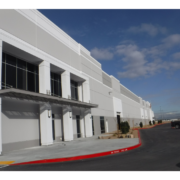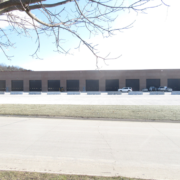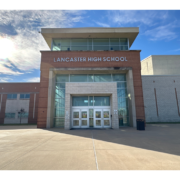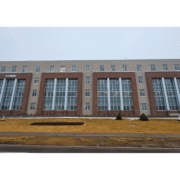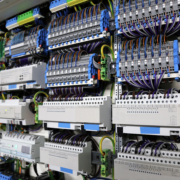Case Study 7 of 8: Qualifying as a designer of energy-efficient properties
Case Study 7 of 8: Qualifying as a designer of energy-efficient properties
While taxpayers often first think of HVAC and building envelope improvements when considering qualifying §179D energy and power cost savings, lighting improvements can also qualify. Of the eight factual case studies the IRS released in Memorandum AM 2018-005, the seventh scenario examines a new element: lighting design.
The IRS has established that property owners can allocate this tax deduction to multiple project designers, and that can include qualifying lighting designers. Section 3.03 of IRS Notice 2008-40, states that this allocation, or a portion of this allocation, is done at the discretion of the taxpayer. This is a key point for the seventh case study.
In this case study, a government building owner hired a specialty lighting firm to design and install a unique interior lighting system for the building project. This task was separate from the general construction contract; the building envelope and HVAC/HW were the responsibility of the general contractor.
The lighting firm created design specifications for the building’s lighting system but did not contribute to the designing of the building envelope or HVAC/HW systems. The lighting system was built to architect-specified parameters and incorporated low-power lighting sources and solar panels.
In the case study, the IRS suggests two possible sub-scenarios:
- Upon construction completion, the lighting firm requested a full allocation of the §179D deduction of the $1.80 square foot deduction (the case study was written prior to the §179D increases contained in the Inflation Reduction Act of 2022). The building owner made this allocation, and the lighting firm received the full §179D deduction.
- Upon construction completion, the lighting firm requested a partial §179D deduction for the lighting system in the amount of $.60 per square foot. The building’s design team also requested, received, and claimed a partial §179D deduction for its work totaling $1.20 per square foot. In this instance, the maximum $1.80/square foot was allocated to two different requestors.
Which scenario should the building owner agree to? The answer, according to IRS guidelines, is that either scenario is correct.
Unlike the other case studies, Case Study 7 does not dispute whether the lighting firm is a qualified designer. Lighting systems are qualifying projects in energy-efficient commercial building properties (EECBP).
Instead, this case study focuses on allocation appropriateness when there are multiple requestors on a project. The IRS notes that it seems more appropriate for the government building owner to allocate a partial §179D deduction to the lighting firm, which leaves the ability to allocate the remaining deduction to other qualified designers who worked on the project. However, if the designer qualifies, the allocation amount up to the maximum allowed is at the government building owner’s discretion.
The only instance in which this would not be true is if the IRS has evidence that the allocation was improper. This could occur when the recipient did not qualify as a designer per the IRS requirements or if the building owner allocated more than the maximum allowed deduction amount. Barring these instances, the IRS guidelines state that the government building owner’s allocation decision should be respected.
David Diaz is a partner at Walker Reid Strategies, a licensed professional engineering firm specializing in performing §179D studies and §45L certifications. Mr. Diaz is an expert in energy efficiency and specialty tax services who shares his insights at www.walkerreid.com and online through webinars. For more information, contact him at ddiaz@walkerreid.com.

